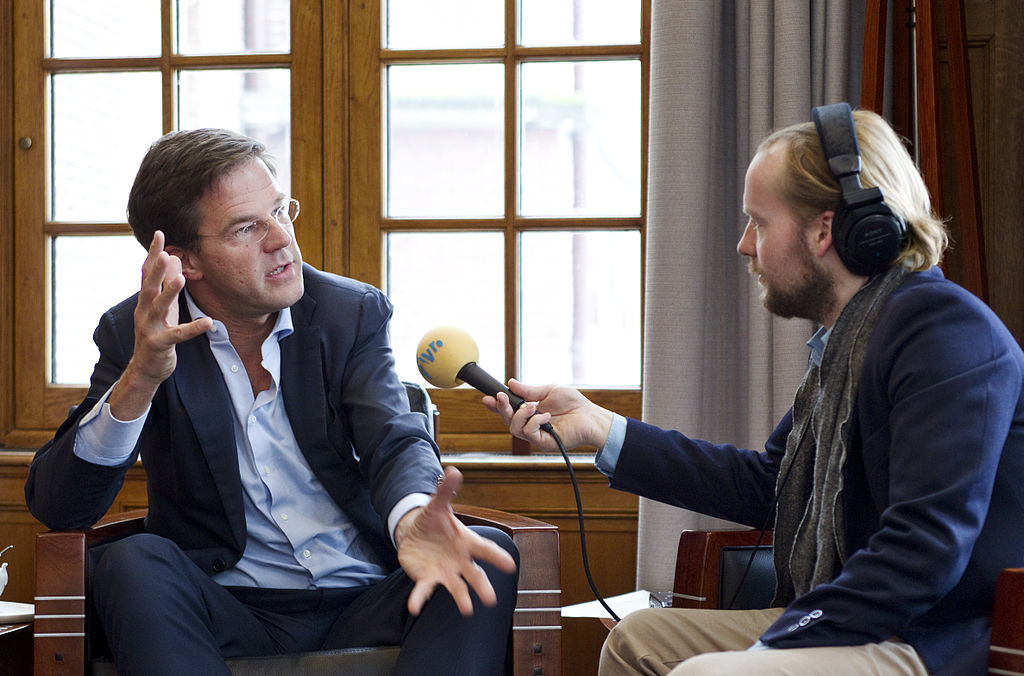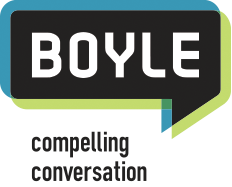The Six P’s of Participating in Media Interviews
An opportunity to represent your organization in the media can be rewarding as well as unnerving. It’s safe to say that we live in age of unabashed skepticism – by the meida and toward the media – so the opportunity must be very skillfully exploited.
 Of course, preparation is the key to delivering a stellar performance. Even if you’re an expert in your field and/or a long-time spokesperson, a few strategic tips can help convert a routine interview into a memorable one that will project you and your organization as leaders in your industry or area.
Of course, preparation is the key to delivering a stellar performance. Even if you’re an expert in your field and/or a long-time spokesperson, a few strategic tips can help convert a routine interview into a memorable one that will project you and your organization as leaders in your industry or area.
Pre-Interview: Positioning and Preparing
- Analyze: Although an interview is an exciting opportunity, don’t be in a hurry to accept the offer. Analyze the potential outcomes of the interview. Research the media outlet, the interviewer, other relevant stories that may be in the news, etc. Anticipate questions that will be asked – both “softballs” and “gotcha’s.” If the cons outweigh the pros, politely refuse the interview or defer to a more appropriate person (e.g., a supportive and well-prepared third party spokesperson).
- Negotiate: Consider the logistics of the interview- venue, time, duration, live vs. taped, etc. to make sure you’re comfortable with these. Also, consider the scope of the interview and advise the producer of any topics that are off-limits. This may result in the invitation being rescinded, but that’s better than being accosted with questions you’re not comfortable answering.
- Plan: Create the “lead-in” or “lead paragraph” you’d like to preface your appearance or story and structure your remarks to try to insure this. This will help you focus your talking points (maximum of three!).
- Practice: Practice answering or conduct a mock interview with a colleague and ask for honest feedback. You may be part of a panel discussion and may have limited speaking time, so, prepare powerful sound bites, back them up with compelling statistics and short stories or examples.
During the Interview: Projecting and Parrying
It’s imperative to project a confident demeanor throughout the interview. Be sure to maintain steady eye contact and a half-smile even when the interviewer is not speaking to you (you never know when the camera will be on you). And dress appropriately, lest the viewers focus more on your attire than your message.
(For the number one rule for on-air attire (and several supporting ones), read our blog post onHow to Dress for TV Interview Success.)
Deliver the most important message first and then state supporting information. Don’t hesitate to restate your point in different ways. And master the art of “bridging.”
Some “tricks of the trade” that are routinely practiced by reporters to trip up, frustrate or gather more information from spokespeople include:
- Paraphrasing
- Pausing
- Asking hypothetical or leading questions
- Machine gunning
Post-interview: Praying and Promoting
After the interview, thank the reporter and crew for the opportunity; ascertain when the piece will be broadcast and rebroadcast; and if further information is requested, provide it promptly. If it was a live interview, you pretty much know how the piece turned out. But if it was taped, you will have to rely on faith until the piece airs. Regardless, recruit colleagues both internally and externally to assess your performance and to tell you what messages they retained from your interview.
If you and your organization are pleased with the interview, don’t forget to promote it on social media, post it on your website and include an embedded link to it in appropriate emails.
While the outcome of your media interview cannot be predicted with 100% accuracy, if you are aware of potential pitfalls and smart strategies, you can improve your chances of contributing to positive and persuasive coverage.
For more insider advice on how to prepare for and successfully navigate media opportunities, contact one of our media experts at info@boylepublicaffairs.com.
